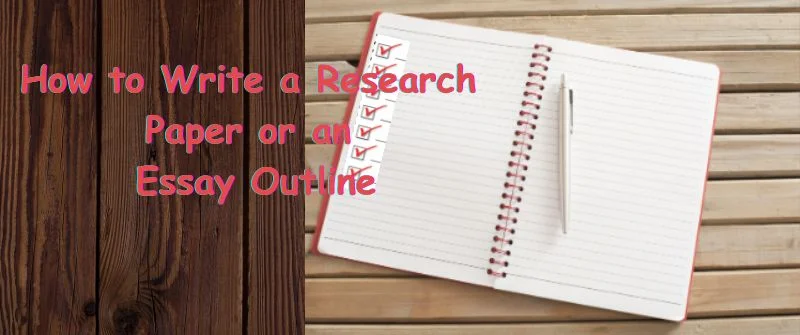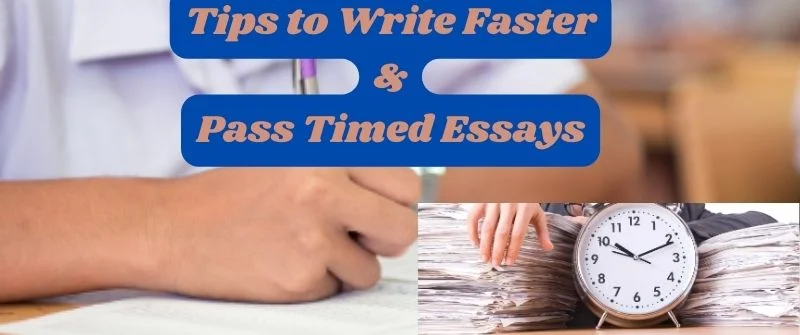How to Write an Explanation Essay: 9 Steps and Tips to Score
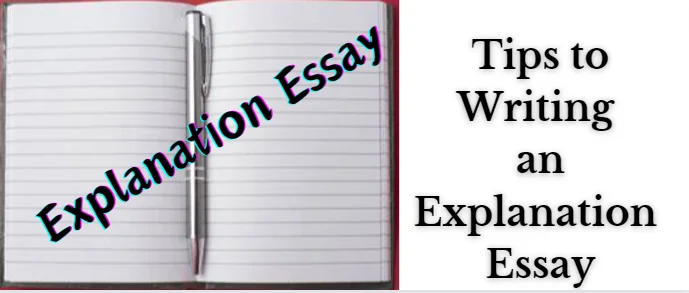
As we embark on the exploration of crafting explanation essays, I invite you on a journey where clarity meets expression.
In this guide, I will walk you through nine straightforward steps and share practical tips that have proven effective in scoring well in explanation essays.
So, what exactly are explanation essays? They serve the purpose of elucidating complex ideas, making them accessible to a broader audience.
Mastering this skill is more than an academic pursuit. It is a gateway to effective communication in various aspects of life.
Together, we will uncover the art of crafting explanations, focusing on simplicity and proficiency.
Exhausting this skill is not just about academic success—it’s about becoming a clear and impactful communicator.
Steps How to Write an Explanation Essay
1. Understanding the Assignment
My initial step is to thoroughly understand the assignment before embarking on an explanation essay. It is like deciphering a map before setting out on a journey.
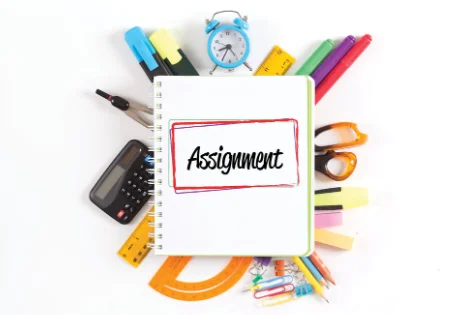
I scrutinize the prompt, breaking down key instructions to grasp the essay’s nuances. Recognizing the different types of explanation essays helps me tailor my approach.
This process is a personalized exploration, aligning my understanding with the essay’s unique requirements.
Understanding the assignment isn’t just a preliminary task; it lays the foundation for a well-crafted explanation essay.
Normally, this initial step, guided by my comprehension and interpretation, ensures that every subsequent action in my writing journey aligns with the purpose and expectations set by the assignment.
2. Choose a Captivating Topic
In selecting an intriguing essay topic, it is essential to transform the mundane into the marvelous.
Aligning personal interests with assignment requirements is like finding a perfect melody that resonates with both heart and purpose.
In this quest, I’ve discovered that brainstorming is the key. Consider your passions, explore new ideas, and blend them seamlessly with the assignment’s expectations.
It is akin to choosing a book you can’t put down; the topic should be equally captivating for you and your audience.
Like selecting a gripping story to read, the chosen topic should not only meet the assignment criteria but also intrigue and engage both me and my audience.
This step is not merely about picking a subject; it’s about finding a narrative that resonates, setting the stage for an exploration that is both compelling and personally enriching.
3. Research and Information Gathering
Embarking on the research phase is akin to becoming a detective in the quest for knowledge.
In this journey, I delve into online and offline realms, utilizing many resources to unearth valuable information.
Online platforms offer a treasure trove of articles, journals, and reputable websites, while libraries and archives provide tangible sources.
However, navigating this sea of information demands a critical eye.
I scrutinize sources, evaluating credibility and reliability to ensure the information I gather is trustworthy.
It is akin to sifting through clues, separating fact from fiction. This process not only enriches my understanding but also fortifies the foundation of my essay.
As I dig deeper into the research realm, a meticulous approach to information gathering ensures a robust and well-supported exploration of my chosen topic.
4. Craft a Thesis that Speaks Volumes
In crafting a thesis, I recognize it as the heartbeat of my essay—a potent statement that echoes my central message. Clarity, specificity, and purpose become my guiding lights to make it resonate.
I ensure that every word serves a distinct purpose, like a well-tuned melody in a song. This thesis isn’t just a sentence; it’s my North Star, providing direction in the vast expanse of my essay. It encapsulates the essence of my thoughts and sets the stage for what follows.
Like a compass guiding a traveler, a strong thesis propels my essay forward, ensuring every subsequent word aligns with my articulated purpose.
Crafting this thesis becomes a powerful declaration—an invitation for readers to explore the depths of my ideas.
5. Building an Intriguing Introduction
Crafting an engaging introduction is like setting the stage for a captivating performance. I employ the “hook, line, and sinker” approach to ensure my readers are immediately drawn into the narrative.
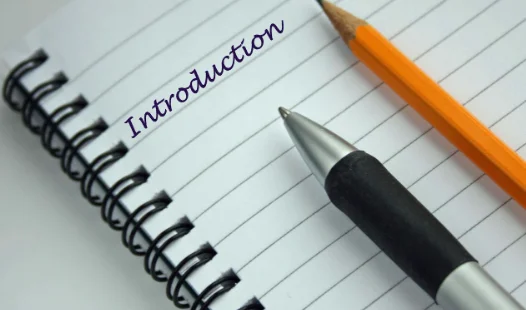
Introducing the topic with flair is crucial—a thought-provoking quote, a surprising fact, or a relatable anecdote can be the bait that captures attention.
As the curtains rise, I seamlessly weave in my thesis, providing a glimpse of the journey ahead. This introduction isn’t just a prelude; it’s an invitation for readers to explore.
Like a skilled storyteller, I aim to make the beginning of my essay an irresistible invitation, ensuring my readers are hooked and eager to dive deeper into the unfolding narrative.
6. Write good Body Paragraphs
Within the body paragraphs, I construct the blueprint of coherence, ensuring a seamless flow of ideas.
Logical organization becomes my guiding principle, allowing each paragraph to build upon the last. It is like assembling a puzzle—each piece fits snugly, revealing a complete picture.
I anchor my arguments with solid evidence and real-world examples, substantiating my claims. Most, this process transforms my essay into a robust structure, where every paragraph serves a distinct purpose, contributing to the overall narrative.
Like a skilled architect, I carefully arrange each element, constructing a body that supports and enhances the core of my essay.
As I navigate through the body paragraphs, the logical progression and substantial evidence become the pillars, ensuring the strength and integrity of my essay’s structural foundation.
7. Tackle the Counterarguments Head-On
I anticipate objections, addressing them head-on to fortify my stance. It is a strategic move—acknowledging opposing viewpoints demonstrates a nuanced understanding and strengthens my argument.
After navigating the maze of potential objections, I am defending my position and enriching my discussion’s depth.
Like a chess player anticipating the opponent’s moves, I strategically counteract objections, turning them into opportunities to showcase the robustness of my argument. This process adds layers to my essay, creating a more comprehensive and compelling narrative.
Playing devil’s advocate becomes a dynamic dance, allowing me to showcase the strength of my position while demonstrating a thoughtful consideration of alternative perspectives.
8. Craft a lasting Conclusion
In crafting my conclusion, I orchestrate the grand finale, ensuring it leaves a lasting impression on my readers.
I revisit the key points, creating a concise summary that echoes the heart of my essay. It’s like bringing the scattered notes of a melody together for the final chord.
Restating the thesis with impact becomes my concluding anthem—a powerful reminder of the essay’s central message. This deliberate repetition reinforces the core idea, leaving a lingering resonance in the minds of my readers.
Just as a captivating story concludes with a poignant moment, my essay finds its conclusion, leaving my audience with a sense of fulfillment and a clear takeaway.
The conclusion is not just an endpoint; it is the final brushstroke that completes the canvas of my essay, making it a memorable and cohesive piece.
9. Edit and Proofread
I meticulously scrutinize every detail in the editing and proofreading phase. I conduct thorough grammar, punctuation, and spelling checks, ensuring that each word stands strong.
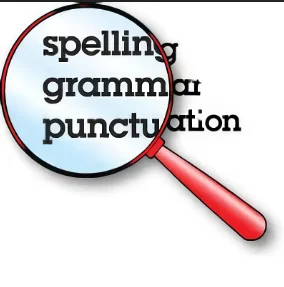
It is like fine-tuning an instrument—every note must be precise for the symphony to be harmonious.
Beyond the technicalities, I polish for clarity and consistency. Sentences should flow seamlessly, guiding the reader effortlessly. This process is akin to refining a piece of art, where each stroke contributes to the masterpiece.
As I navigate through the edit, I am not just correcting; I am sculpting my words to create a refined and polished final draft.
The eagle-eyed edit is my commitment to presenting a flawless piece where the language is correct and resonates with precision and clarity.
Tips on How to Draft Good Explanation Paragraphs
Use Smooth Transitions
When I dive into crafting explanation paragraphs, one of my key strategies is ensuring seamless transitions. It’s like embarking on a smooth sailing adventure between paragraphs, allowing my readers to journey through my thoughts effortlessly.
I rely on transition words and phrases as the wind guiding my narrative ship. Whether it’s “furthermore,” “in addition,” or “however,” these words act as navigational aids, signaling shifts or connections in my explanation.
This intentional use of transitions maintains the flow and cohesiveness of my narrative. Each paragraph becomes a distinct yet connected part of the whole, creating a reader-friendly experience.
Just as a well-planned sailing route enhances the voyage, these transitions make the exploration of my explanation not only easy but also enjoyable for those navigating through my words.
Use Clear and Concise Language
In writing explanation paragraphs, I prioritize clear and concise language. It’s about saying what I mean and meaning what I say, avoiding the pitfalls of jargon jumbles.
Like a clear stream that lets you see the bottom, clarity becomes my ultimate communication tool. I steer away from convoluted language, opting for simplicity without sacrificing depth.
After choosing words wisely and keeping sentences straightforward, I ensure that my readers can understand my explanation’s essence effortlessly.
Such commitment to clarity enhances understanding and fosters a connection between my ideas and the reader.
It is a conscious choice to communicate precisely, making my explanation informative, accessible, and engaging to anyone navigating the waters of my words.

Josh Jasen or JJ as we fondly call him, is a senior academic editor at Grade Bees in charge of the writing department. When not managing complex essays and academic writing tasks, Josh is busy advising students on how to pass assignments. In his spare time, he loves playing football or walking with his dog around the park.


